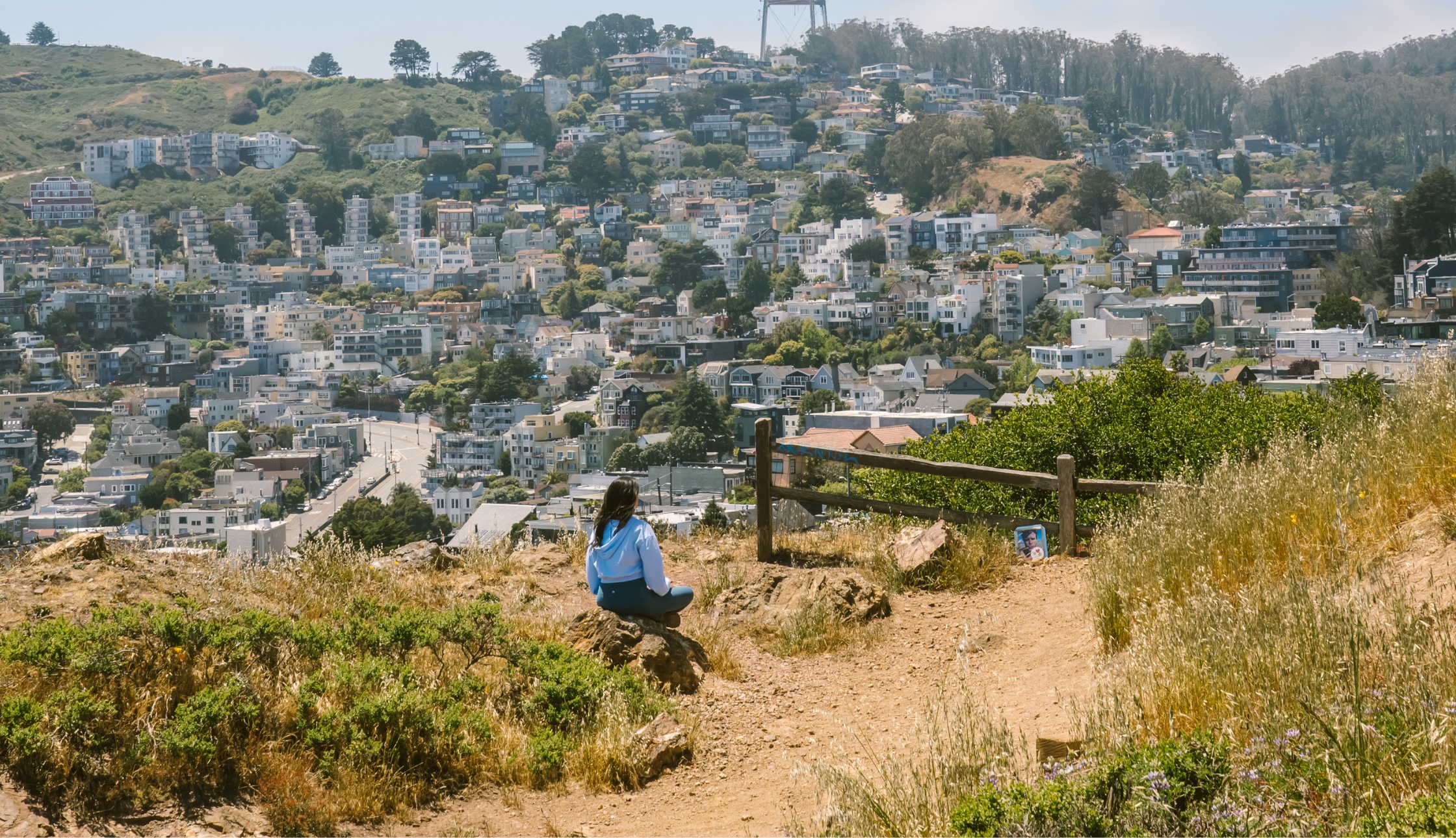Every year, the Trust for Public Land (TPL) awards the 100 most populous US cities a Park Score, based on factors like park acreage, access, investment, amenities, and equity. Scores are given in each category, and city park systems are ranked from best to worst.
So how do our parks match up? This year, San Francisco earned the 7th spot in the country, the same as our position in 2023 and 2022. SF scored max points on access and investment, with $546 spent on public spaces per person (compared to $124 nationally), and every resident living within a 10 minute walk of a park.
However, the report noted a disparity in the amount of park space between neighborhoods. White and high income neighborhoods fare significantly better than black and low income neighborhoods. Priority areas for new parks identified by TPL are mainly focussed in Bayview Hunters Point, where India Basin Waterfront Park is currently being created.
TPL also published their Power of Parks Report alongside the city rankings, which summarizes their findings across parks nationwide and provides case studies and recommendations to help improve conditions.
The key focus of the report is the importance of community building. TPL suggests park leaders can achieve this by:
- Developing civic infrastructure;
- Investing in community engagement and organizing;
- Activating park programs inspired by residents;
- Building strategic partnerships.
These methods are core to our work at SF Parks Alliance. Our Community Partner Network supports and connects neighbors looking to steward their local spaces, while our programs from Sundown Cinema to Park Markets work to bring public spaces to life across the city.
At SF Parks Forward, the advocacy-focused affiliate of SF Parks Alliance, the TPL ParkScore analysis heavily informs the organization focus areas.
Because equity, amenities, and acreage score relatively poorly, Parks Forward’s education and advocacy efforts are focused on Equitable Park Access, Reimagining the Public Realm, and Permit Reform.
Equitable Park Access is San Francisco’s most glaring issue, and it’s also the area where San Francisco is investing the most in the coming years. Phil Ginsburg, the longtime General Manager of the Recreation & Park Department, has taken to describing the upcoming expansion of India Basin Shoreline Park as Bayview’s “Crissy Field moment.” The data from the TPL report makes it clear how essential this scale of investment is.
Still, there is plenty of room for improvement. India Basin is in the far corner of the neighborhood, separated by a steep hill and several thoroughfares. This is where Reimagining the Public Realm comes into play. Investments in new parks are only as effective as they are accessible, and initiatives like the Blue Greenway are helping to make sure that India Basin, Crane Cove, Tunnel Tops, and all of our other waterfront parks are easy, enjoyable, and intuitive to get to.
This is also why SF Parks Alliance has embraced Slow Streets, as they allow San Franciscans to more safely and easily access our parks. While our city’s small size may keep us from ever being a top contender in the ParkScore’s acreage category, we can make meaningful gains by reimagining the pavement as portals to our parks. This vision sees the JFK Promenade and Slow Page as part of a broader effort connecting communities to open space.
Finally, Permit Reform is the subject of much spilled ink and a surprising level of political consensus. It should be easier to build civic amenities, from little free libraries, to benches, to bathrooms. With amenities being another area where San Francisco has major room for growth, we should be doing everything we can to enable this sort of investment.
Wondering how to support SF’s parks and public spaces? Donate to SF Parks Alliance, sign up to SF Parks Forward’s mailing list, or get involved in a neighborhood group.

